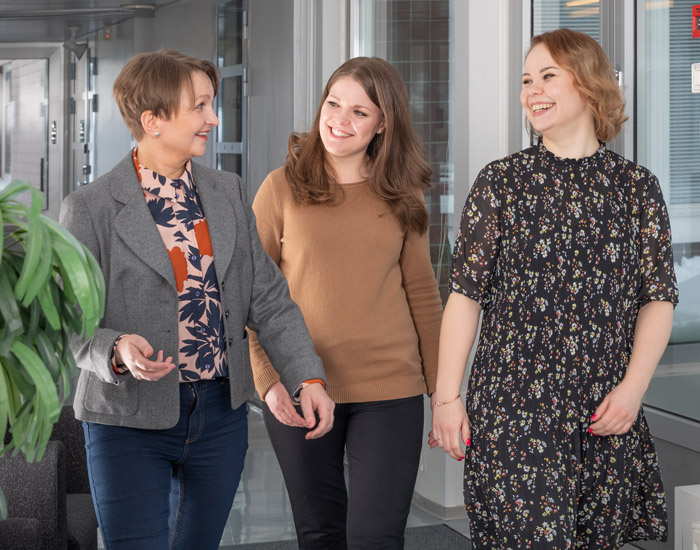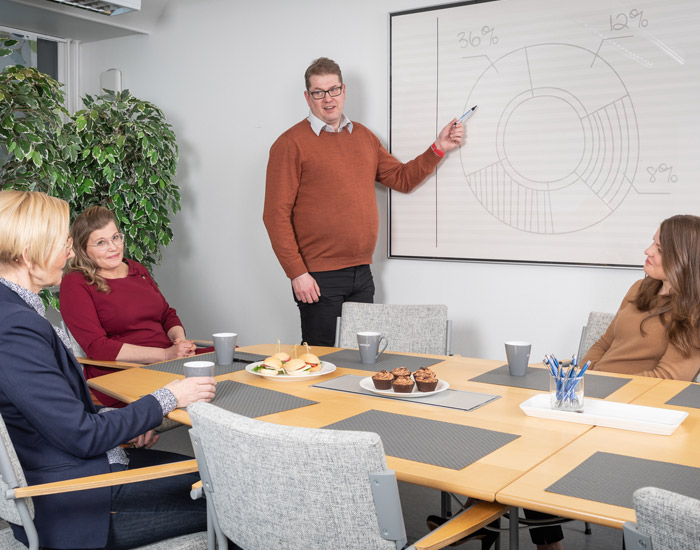
In a nutshell, a circular economy means keeping resources in circulation for as long as possible.
The goal is to reduce the use of natural resources by keeping products, materials and resources in use in the economy for as long as possible.
The volumes of materials are huge in an industrial circular economy. More than 95 per cent of the waste generated in Finland is generated in industry, which means it is important to promote the utilisation of these streams.
The circular economy has been suggested as a new basis for the Finnish economy by 2035. The aim is to curb overconsumption of natural resources, combat climate change and natural impoverishment, and to strengthen the economy and employment.
In addition to promoting environmental issues, an industrial circular economy also offers tremendous business opportunities. Promoting an industrial circular economy will improve the competitiveness of industry and provide business opportunities for new players.
A circular economy is promoted through product design, serviceability, repairability and product sharing operating models, as well as the use of recycled raw materials in the manufacture of products.
A circular economy also entails the idea of new business opportunities linked to the preservation of the value of materials, services and other solutions for the sharing economy.
Sitran yhteenveto: Kiertotalous - Sitra
YK:n Agenda: Agenda 2030 - Sitoumus 2050
SYKE – termit haltuun: Kiertolouden termipankki
EU Green Deal: Euroopan vihreän kehityksen ohjelma | Euroopan komissio
Kiertotalousohjelma ehdottaa toimia ympäristö- ja taloushaasteisiin – myös taittamaan ylikulutusta
Kiertotalouden edistäminen - Ympäristöministeriö

Lorem ipsum dolor sit amet, consectetur adipiscing elit. Ut
eget rhoncus turpis. Mauris iaculis pharetra leo, ac porta ligula
finibus id. Maecenas tempor pharetra massa, ut dapibus risus
luctus a. Nam aliquam, metus eget luctus eleifend, lorem lacus
tempus tortor, eget sagittis est ante ac ipsum. Morbi vitae ligula
eget ante blandit tristique. Integer nibh est, lacinia eget leo
sit amet, tincidunt hendrerit elit. Lorem ipsum dolor sit amet,
consectetur adipiscing elit. Ut eget rhoncus turpis. Mauris
iaculis pharetra leo, ac porta ligula finibus id. Maecenas tempor
pharetra massa, ut dapibus risus luctus a. Nam aliquam, metus
eget luctus eleifend, lorem lacus tempus tortor, eget sagittis
est ante ac ipsum. Morbi vitae ligula eget ante blandit tristique.
Integer nibh est, lacinia eget leo sit amet, tincidunt hendrerit
elit. Lorem ipsum dolor sit amet, consectetur.
